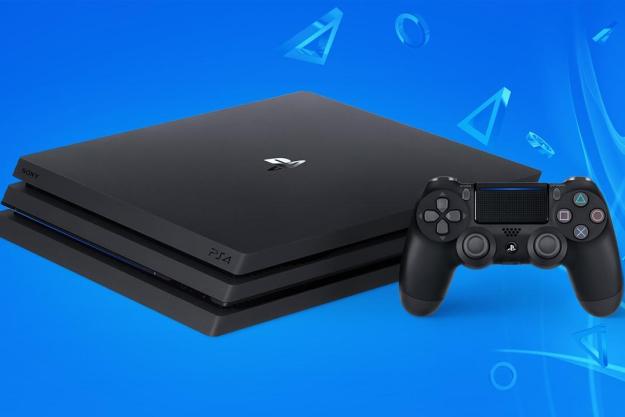
In the thirteen months since it first came out, Nintendo has managed to sell a goodly number of Nintendo 3DSs. Not as many as they expected to. Nintendo was confident they would sell 16 million 3DSs in its first year. They only sold around 13.5 million. Not too shabby. Why didn’t they sell more? Mostly because it was $250 when it first came out, a ridiculous price for a device with nothing that great to play on it. By the time they dropped the price to $170, there still wasn’t that much to play. People only wanted to pay for a Nintendo 3DS when Super Mario 3D Land and Mario Kart 7 existed. They were crucial games.
Nintendo’s premiere game designer knows that hardware without the games is death. That’s why he’s taking shots at Sony’s PlayStation Vita, a machine whose first few months on shelves have looked a whole lot like the Nintendo 3DS’s.
Speaking with Edge, Miyamoto said that while he’s impressed with Sony’s technology, it just doesn’t have the games. “[Vita is] obviously a very hi-spec machine, and you can do lots of things with it, but I don’t really see the combination of software and hardware that really makes a very strong product,” said the famed Mario creator.
“When we launched the 3DS hardware we didn’t have Super Mario 3D Land, we didn’t have Mario Kart 7, we didn’t have Kid Icarus: Uprising. We were striving to have all of these ready for the launch, but we weren’t able to deliver them at the time,” said Miyamoto, “We were kind of hoping that people would, nevertheless, buy into the product, but looking back we have to say we realize the key software was missing when we launched the hardware.”
The Vita certainly launched with a better selection of games than the 3DS did. Games like Hot Shots Golf: World Invitational and Uncharted: Golden Abyss were of a much higher quality than watered down dreck like Pilotwings Resort and Steel Diver. To date though, Sony hasn’t released or even announced the sort of marquee titles that will sell a handheld system. People at least knew that Mario games and others were coming for the Nintendo 3DS, even as promising titles like Mega Man Legends 3 were cancelled due to the device’s poor sales.
Nintendo turned the 3DS around with quality games. It isn’t the powerhouse the Nintendo DS was, but it’s by no means a failure. Sony best heed Miyamoto’s advice, lest it have another handheld that shrivels on the vine outside of Japan.
Editors' Recommendations
- PlayStation VR2 production reportedly paused by Sony
- Sony’s new PlayStation earbuds are a perfect match — for my Nintendo Switch
- PlayStation VR2’s best launch game isn’t the one you we’re expecting
- Over 100 PlayStation VR2 games are in development, Sony says
- Call of Duty will come to Game Pass and stay on PlayStation, Microsoft says


